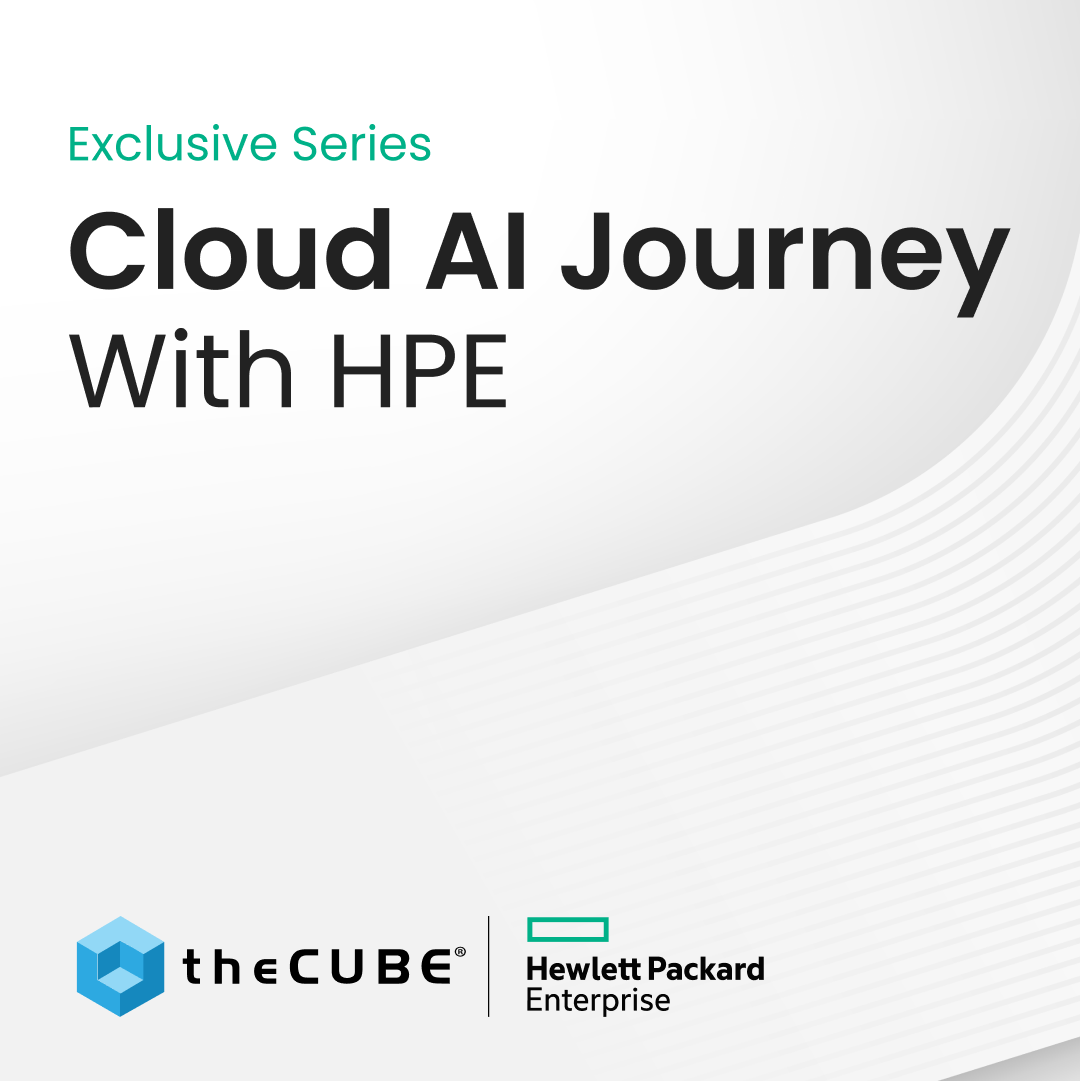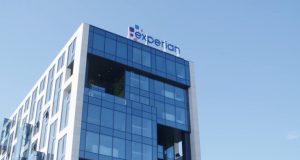NetApp Growth and the Waves of Virtualization and Convergence
While NetApp has not changed it’s tagline from “Go further, faster”, they talked about having a goal of being Infinite and Immortal, so I thought a Highlander reference was in order.
At NetApp’s analyst event this week, CEO Tom Georgens and his executive staff put forward a strong vision of how NetApp will continue to maintain growth for many years. The company recently posted FY11 results of $5.1B, an impressive 5-year 20% CAGR and now has over 11,000 employees. Georgens framed the success by sharing that the only technology companies with over $4B in revenue and 5 years of organic growth over 20% are: Apple, eBay, Google, Huawei, Amazon and NetApp. NetApp believes that it has plenty of room for growth for many years since 1.5% market share growth in storage is 20% ![]() growth. NetApp’s focus is to be an innovation leader, with strong go-to-market breadth, strong support and services and a big focus on having the best team. NetApp is quick to dismiss the server vendors and frame the battle as EMC vs. NetApp, stating that IBM, Dell and HP don’t sell storage where they don’t sell servers. Over last 2 years – NetApp 45% growth, EMC 17%, IBM and HP nearly flat at 1% and Dell -12%. While storage shows no signs of weakness, there are significant new trends that are transforming datacenters and beyond to service providers and clouds. NetApp talked about its vision for creating storage that is “infinite and immortal” and while this seems like a good BHAG, will the waves of virtualization and cloud wash away the competitive advantage of the independent storage companies?
growth. NetApp’s focus is to be an innovation leader, with strong go-to-market breadth, strong support and services and a big focus on having the best team. NetApp is quick to dismiss the server vendors and frame the battle as EMC vs. NetApp, stating that IBM, Dell and HP don’t sell storage where they don’t sell servers. Over last 2 years – NetApp 45% growth, EMC 17%, IBM and HP nearly flat at 1% and Dell -12%. While storage shows no signs of weakness, there are significant new trends that are transforming datacenters and beyond to service providers and clouds. NetApp talked about its vision for creating storage that is “infinite and immortal” and while this seems like a good BHAG, will the waves of virtualization and cloud wash away the competitive advantage of the independent storage companies?
There is a limited budget for IT and therefore there is a constant industry wide tug-of-war as to how much intelligence (and therefore dollars) should go into servers, network and storage devices. Server virtualization pulled intelligence and dollars away from the server manufacturers and into the hypervisor. Server virtualization had a ripple effect on storage and networks, which the industry is now fixing with virtual storage and virtual networks (fabrics). NetApp and EMC are heavily invested in having “vm-aware” storage and customer say that they are doing the best job of creating storage that is integrated with storage. The balance that the independent storage vendors must keep is driving towards making storage “invisible” to manage in virtual or cloud environments, yet still maintain differentiation so that fast followers can not displace the leaders.
The related trend to virtualization is convergence. NetApp defined truly converged storage as being not only multi-protocol, but also a single set of technology with a single set of tools across all markets. This message is similar to a fully converged stack of compute, network and storage. NetApp is working closely with Cisco to create FlexPods to try and displace single vendor stacks like HP’s Converged Infrastructure solutions (see my write-up of VCE Vblock, NetApp FlexPod and HP CI). HP is blurring the line between compute and storage and VCE and HP both managing the full stack with a single management tool. NetApp readily admits that it is not the natural center of IT orchestration, rather it partners with VMware, Microsoft, Cisco, BMC and CA for full stack management. As convergence solutions gain prominence, there is a requirement for management of IT silos to transition to more IT generalists. The challenge for independent storage vendors is that storage administrators are typically the biggest proponent of buying best-of-breed devices, so a continued push to be relevant to virtualization administrators and cloud architects is critical.
NetApp does have a number of server vendors that OEM its filers, but in recent years there has been more coopetition with NAS when IBM launched SONAS and HP acquired IBRIX. While the technology focus of NetApp’s recent Engenio acquisition is at hyper-growth environments where there needs to be a different cost structure than traditional storage, the purchase increases OEM ties with a number of server vendors. NetApp understands that it needs to leverage OEM, SIs and service providers to reach a broad enough market to continue growing against competition that will always have more people.
One thing that was very clear from the many meetings is that there is a clear vision as to where the company is going and that everyone is pulling in the same direction. The shared vision and enthusiasm of the employees, partners and customers that were at the analyst event are testament to how NetApp’s culture and success. While there can be limits to how long NetApp can continue its growth rate without expanding to other portions of the stack or other adjacencies, the waves of change have not moved that fast yet.
[Cross-posted at Wikibon Blog]
A message from John Furrier, co-founder of SiliconANGLE:
Your vote of support is important to us and it helps us keep the content FREE.
One click below supports our mission to provide free, deep, and relevant content.
Join our community on YouTube
Join the community that includes more than 15,000 #CubeAlumni experts, including Amazon.com CEO Andy Jassy, Dell Technologies founder and CEO Michael Dell, Intel CEO Pat Gelsinger, and many more luminaries and experts.
THANK YOU

















